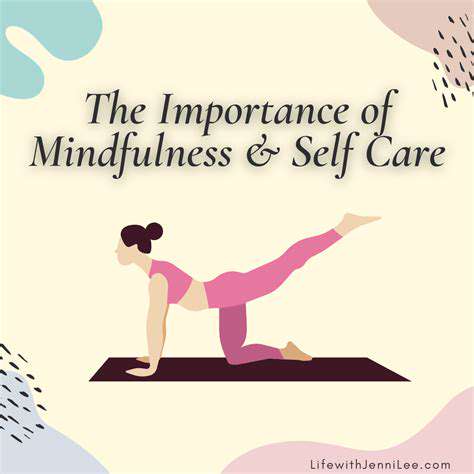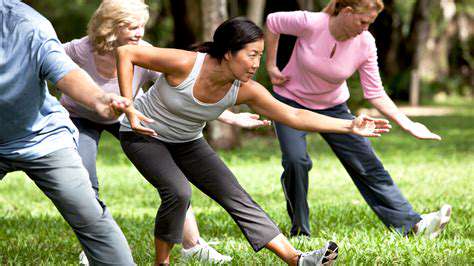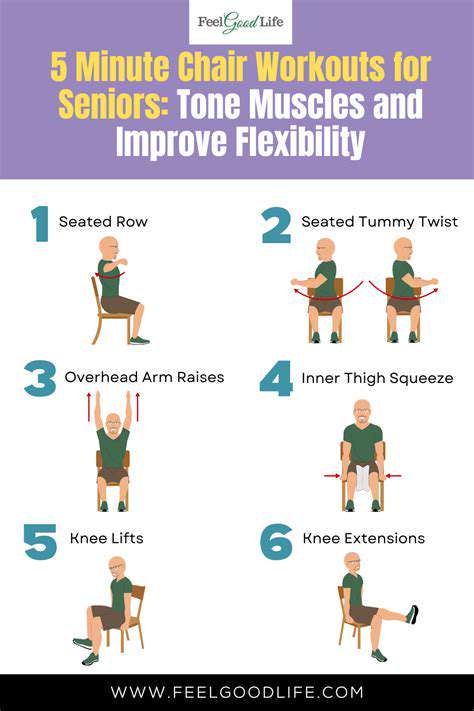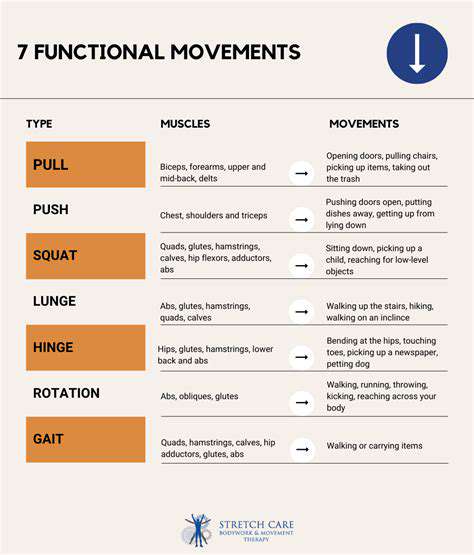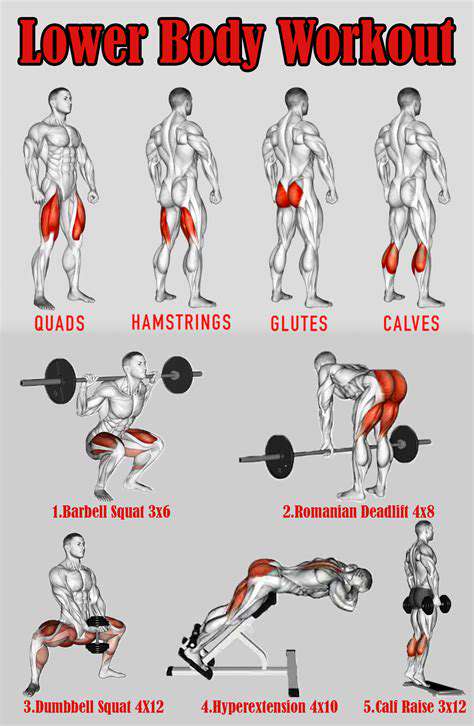What Type of Exercise is Best for Preventing Falls in the Elderly?
Balance and Coordination Exercises: Mastering Stability
Improving Balance Through Targeted Exercises
Balance and coordination exercises are crucial for overall physical well-being, especially as we age. These exercises, when performed regularly, can significantly reduce the risk of falls and improve our ability to navigate daily activities with confidence. Practicing balance exercises strengthens the muscles in our legs, core, and ankles, which are essential for maintaining stability and posture. This targeted approach not only builds strength but also enhances proprioception – our body's awareness of its position in space.
By focusing on specific movements that challenge balance, we challenge our nervous system to adapt and improve its response time. This adaptability is key for preventing falls and maintaining independent living as we age. It's important to remember that consistent practice is key to achieving significant improvements in balance and coordination.
Core Strengthening for Enhanced Stability
A strong core is the foundation of good balance. Exercises that target the abdominal, back, and pelvic floor muscles are essential for maintaining stability. These muscles work together to provide support for the spine and pelvis, allowing for controlled movement and reducing the risk of injury during everyday activities. Strengthening the core improves posture, which in turn enhances balance.
Core-strengthening exercises can range from simple activities like planks and bridges to more advanced exercises that involve dynamic movements and changes in posture. The key is to gradually increase the difficulty and challenge as you improve, ensuring proper form to avoid injury.
Lower Body Strength for Stability
Strong lower body muscles, particularly in the legs and ankles, are essential for maintaining balance. Exercises that target these areas, such as squats, lunges, and calf raises, improve the strength and endurance of the muscles responsible for supporting the body during movement. These exercises also enhance proprioception, helping your body better sense its position and react accordingly.
Incorporating these lower body exercises into your routine strengthens the foundation for maintaining stability during activities like walking, climbing stairs, or even simply standing up from a chair. Consistent practice is key to building the strength needed for optimal balance.
Proprioceptive Training for Enhanced Body Awareness
Proprioceptive exercises focus on improving your body's awareness of its position in space. Activities like standing on one leg, balancing on a foam pad, or using wobble boards challenge your body to adjust and maintain equilibrium. This process strengthens the neural pathways that connect your muscles and brain, allowing for faster and more effective responses during balance challenges.
By challenging your body's sense of balance, you enhance your body's ability to react to unexpected movements or changes in your environment. This type of training is crucial for preventing falls and improving your overall stability.
Dynamic Balance Exercises for Functional Movement
Dynamic balance exercises involve moving while maintaining balance. Examples include walking heel-to-toe, side shuffles, or stepping over obstacles. These exercises are crucial for preparing the body for real-world activities where balance is constantly challenged. This type of training strengthens the coordination between your brain and your body, enabling smoother and more controlled movements.
Dynamic balance exercises improve your ability to react quickly to changes in your environment and maintain balance during activities like walking on uneven terrain or navigating crowded areas. They are especially helpful in improving balance during everyday tasks.
Safety Considerations and Progression
It's essential to prioritize safety when performing balance and coordination exercises. Begin with exercises that are within your current abilities and gradually increase the difficulty as your strength and balance improve. Listen to your body and avoid pushing yourself too hard, especially when starting out. Consult with a healthcare professional or physical therapist to determine the best exercises for your individual needs and limitations.
Proper form is crucial to avoid injuries. If you experience any pain or discomfort, stop the exercise and consult with a healthcare professional. Start slowly and gradually increase the intensity and duration of your workouts to avoid potential problems.

